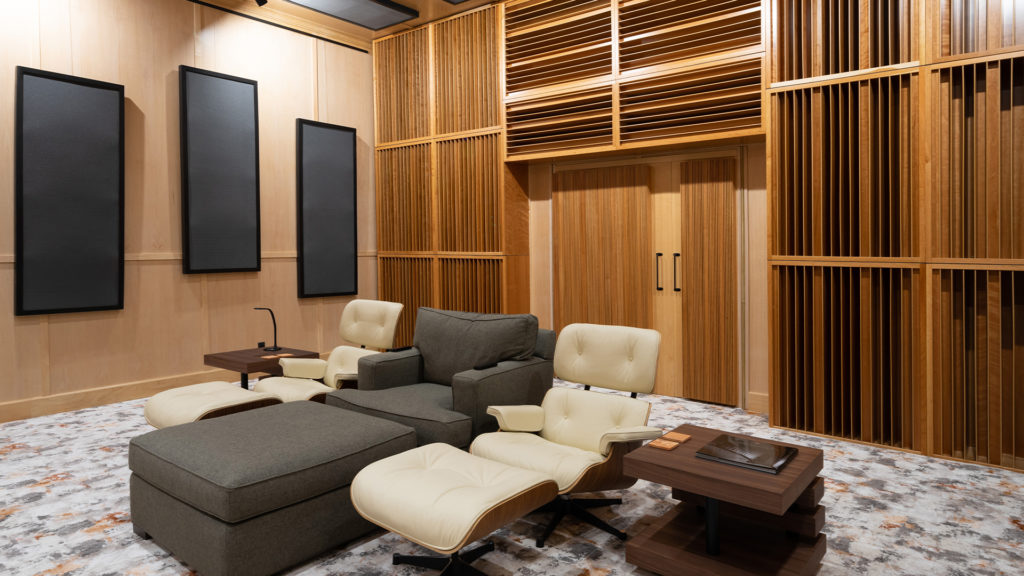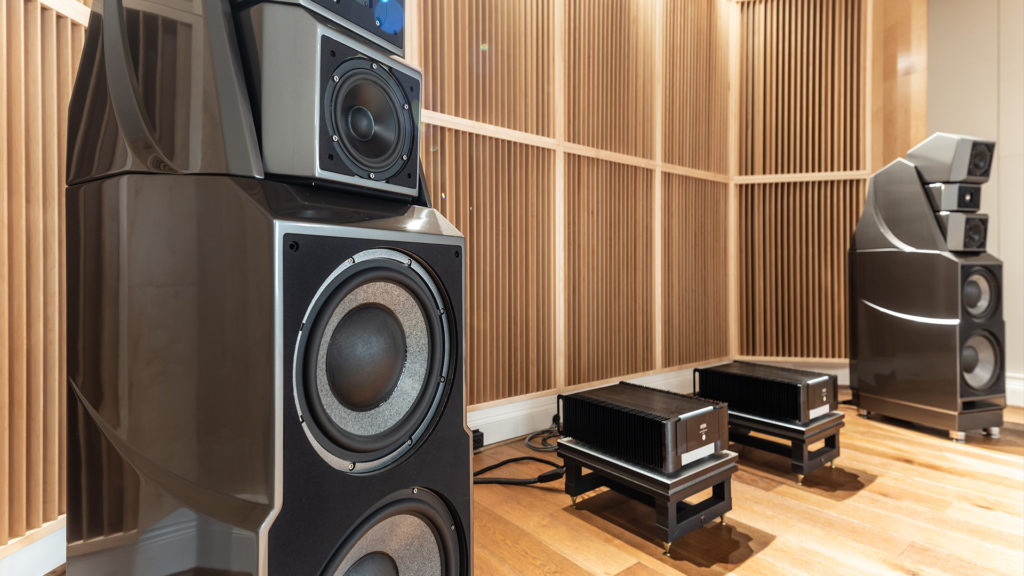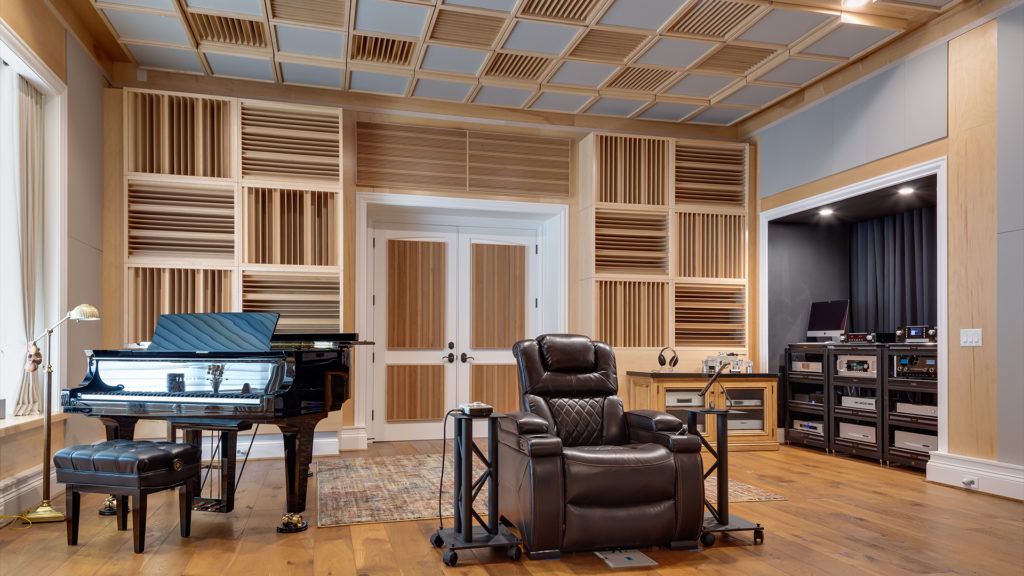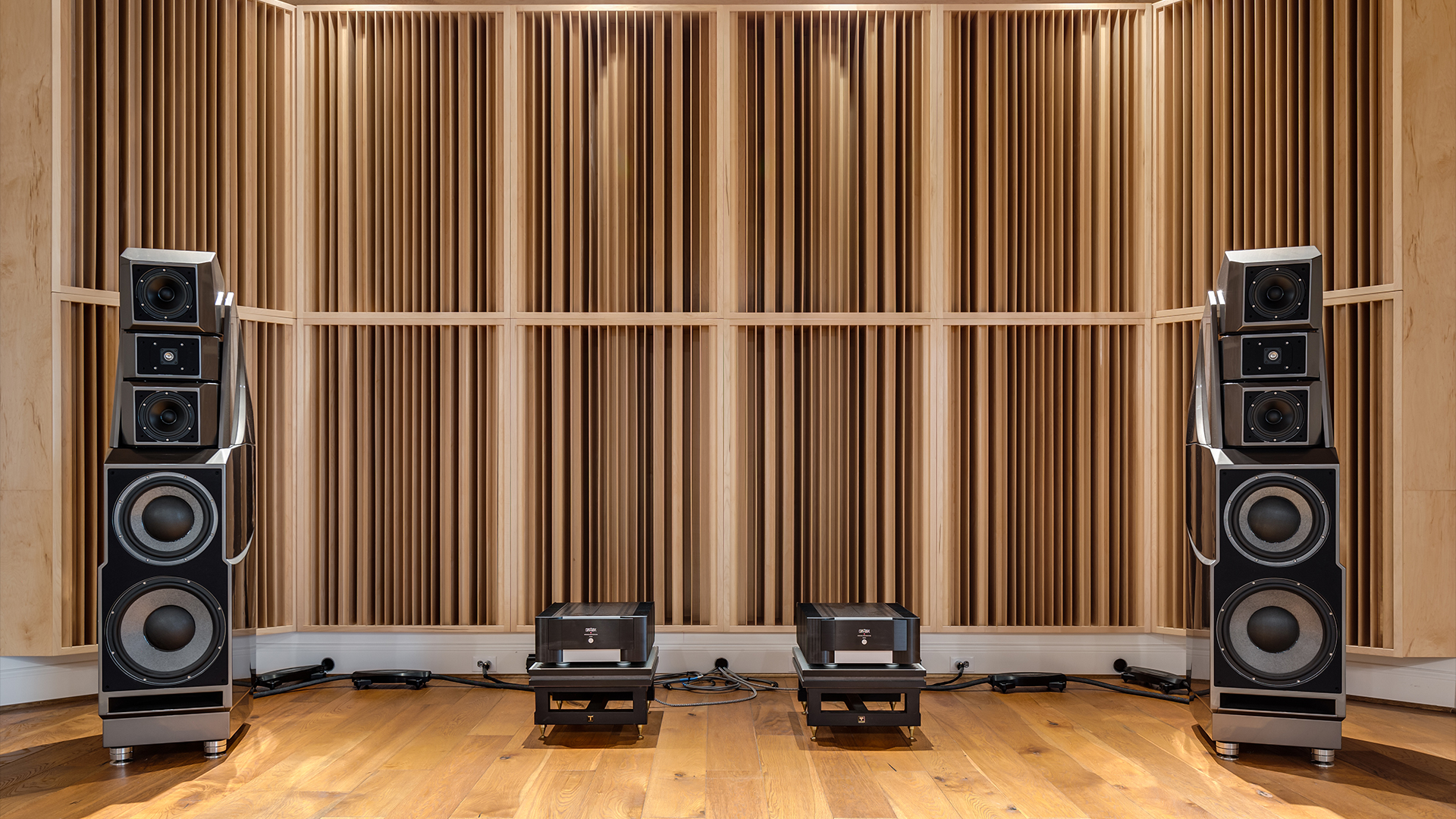What is an audiophile? What would be a good audiophile definition? Is the audiophile definition someone who wants to recreate the recording in a playback room. Is an audiophile someone who purchases speakers and amplifiers and wants to hear everything in the recorded music sources. Is the goal to recreate the live performance in their listening rooms? The audiophile definition is not an easy one to pin down. I believe the definition is multifaceted as other things in life are. What would be a definition to one may not be to another. I believe the listening goal of any audiophile is to get closer to the source or in this case the music which is the source. In order to get closer to our music we must use electronics such as speakers and amplifiers. We also must have a room that will help us achieve our goal of getting closer to our music. We must have a room that gets out of the way and lets our electronics do what they were designed to do and help us establish an emotional connection with our music.

What are the tools an audiophile uses? First, we have amplifiers and speakers. We will call this group of tools electronics. The next set of tools we will require to complete the audiophile definition is the room. The audiophile definition has electronics and those electronics are 50% of the sound quality and the room is the other 50% of the total sonic presentation. These two parts must fit together. The electronics can not produce any more issues within the room that are already present based upon room size ,volume, and usage. The room must get out of the way of the electronics. The room must acoustically disappear. The best room is no room at all. The electronics must be matched to the room especially the low frequency producing components. Excess low-frequency energy within any small room is a large problem. Unwanted lower frequency pressure issues blur and smear the rest of the room energy. It can get so bad in your theaters, you can not hear the dialog on the screen. The first rule in acoustics is do no harm. This pertains to the electronics and the room.

We must match the electronics to the room. We must match the diameter and number of low-frequency drivers to the room volume. We must not over produce low-frequency energy and create more problems. Its physics. We must only generate enough energy that we can manage correctly within or in the room walls. The second issue we must address in any discussion of an audiophile definition is reverberation times. Reverberation times are how long sound stays around within the room after it is created. https://www.cirrusresearch.co.uk/blog/2018/04/what-is-reverberation-time-and-how-it-is-calculated/ Many people refer to this as echo but it is not. Echo is a repeating sound that occurs over a distance. https://www.merriam-webster.com/dictionary/echo Reverberation times are the reflections from all of the wall surface areas. The best sound for us to hear within any room is the direct sound which is the straight line sound from a source such as a speaker or instrument. The reverberation or reflections from the wall surfaces produce so much distortion, you can not hear normal speech in most cases.

Once we have the low-frequency modal pressure issues addressed along with the reverberation times, we will then need to look at the room set up. Where will the speakers be placed? Where will the electronics be placed? Where will we sit to listen to our electronics? We must tackle the speaker placement first. We must position the speakers in a place within the room where they do not excite the room modal issues. That could be 4′ from the front wall. It could be 5′. We must calculate the best position for these energy producing devices so we do not create more issues with our set up. We must also keep the speakers a minimum of 4″ from each sidewall. The distance from the speakers to the listening position will depend on the room width and length, speaker type, and radiation pattern. The placement of any subwoofer will also have to be addressed and the positioning of this device depends on the volume of the room and how much energy it can hold.
Diffusers: https://www.acousticfields.com/product/qda-13-quadratic-diffusor-absorber/
Absorbers: https://www.acousticfields.com/product/carbon-panel/
Defining what an audiophile is must be determined by how serious the individual takes his music. For many, the emotional attachment to music is a spiritual issue. They listen everyday and want to hear everything that is in the recorded source material. They want speakers that will produce the resolution required to hear every detail of the music and they need a room that gets out of the way of their music and does not have a negative impact on presentation value. They want and require a room that is dedicated for this purpose only. They need a room where all low-frequency issues, reverberation times, and set up within the room boundary surfaces are done to produce the best presentation value possible with the given electronics. It is a special room where music is the king and listening to the music is the ultimate value and reward.
About Us At Acoustic Fields: https://www.acousticfields.com/about/







